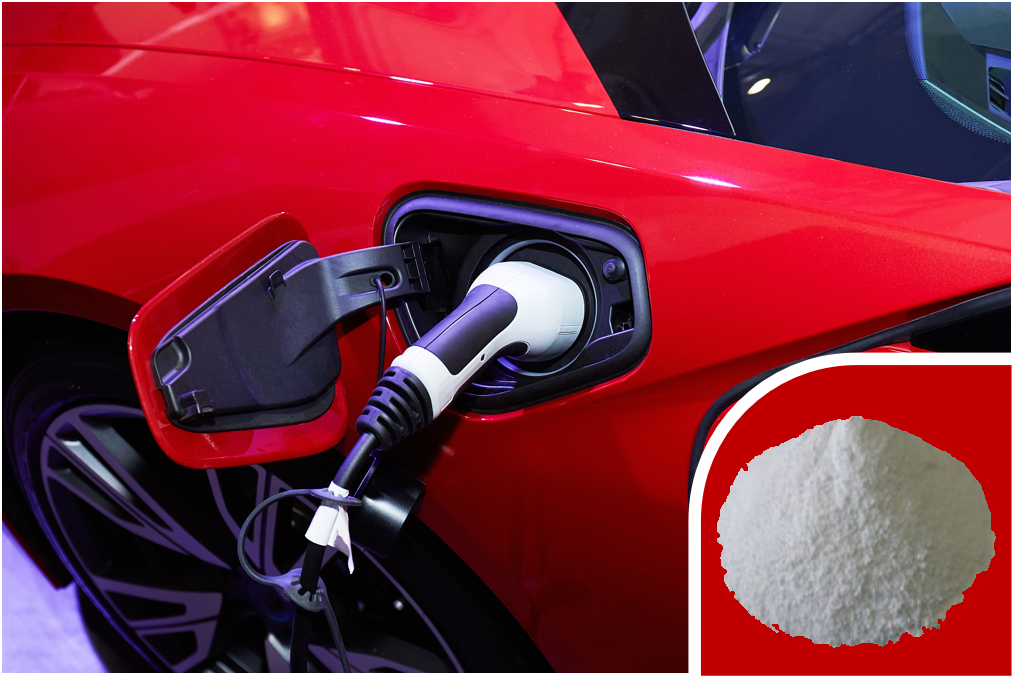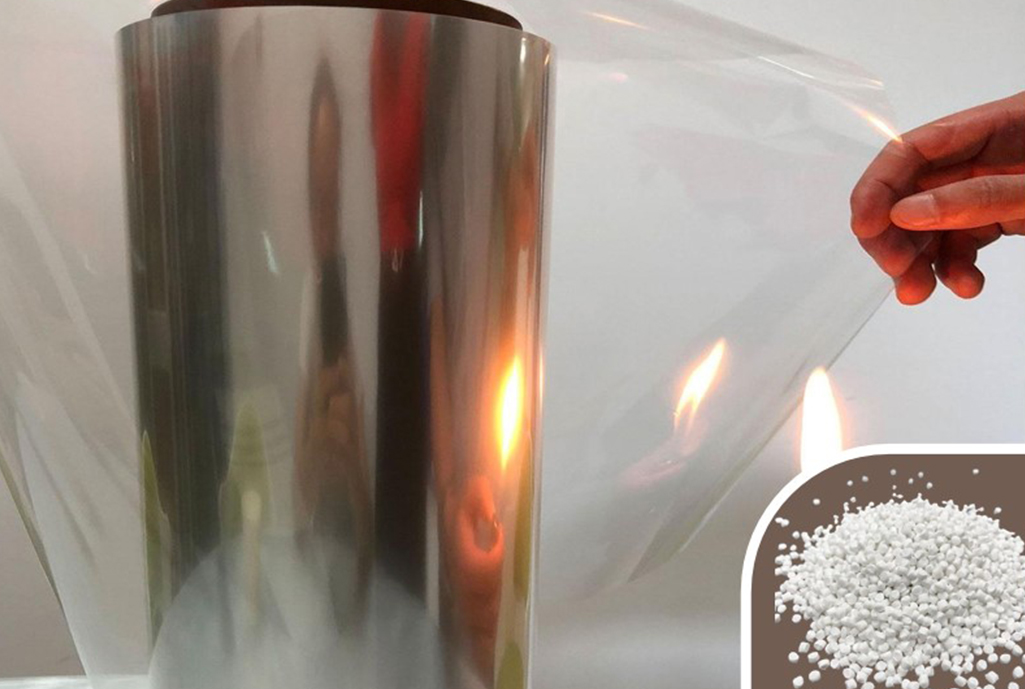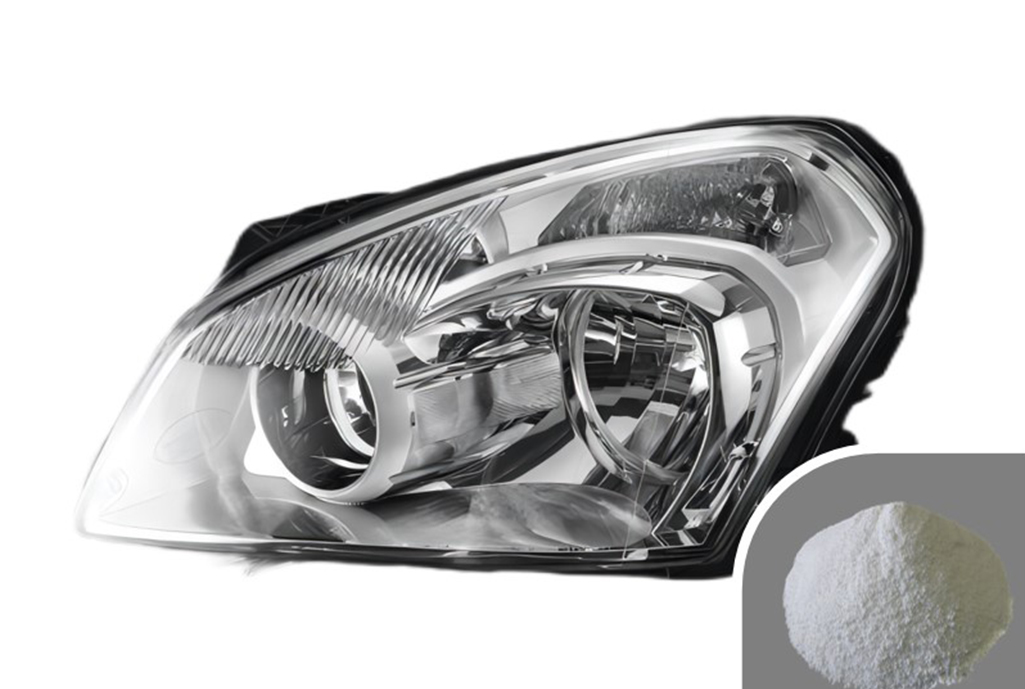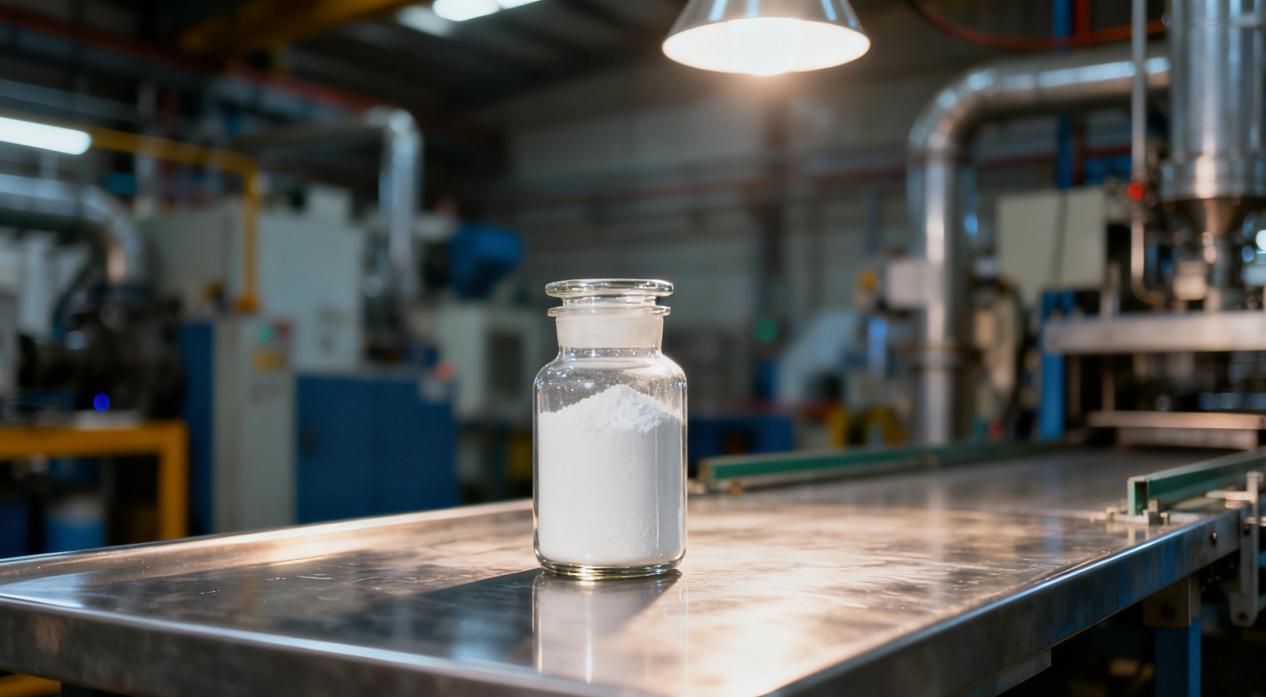The Power of Composite Flame Retardant for PA
2025-10-09
In an era of rapid technological advancement, the demand for high-performance materials has never been greater. From automotive components to consumer electronics, modern applications rely on plastics that are not only strong and durable but also inherently safe. Among these, Polyamide (PA), commonly known as nylon, stands out for its exceptional mechanical properties and thermal resistance. However, like many polymers, PA is combustible, presenting a significant safety risk in various applications. This is where a groundbreaking solution comes into play: Composite Flame Retardant for PA. This advanced material is not just an additive; it's a critical innovation that enhances the safety profile of Polyamide products, making them suitable for the most demanding environments.
The Challenge of Flammability in Polyamide
Polyamide is a versatile and widely used thermoplastic, but its use is restricted in applications where fire safety is a primary concern. The polymer's inherent flammability means that in the event of a fire, it can ignite and contribute to the spread of flames and the generation of smoke. Traditional flame retardants, while effective to a degree, often come with trade-offs. Some can negatively impact the mechanical properties of the PA, making it brittle or reducing its tensile strength. Others may be halogenated, raising environmental and health concerns due to the potential release of toxic gases during combustion. These limitations have long presented a challenge for engineers and product designers seeking to combine the superior properties of PA with stringent fire safety standards.
A New Standard in Fire Safety: The Composite Approach
A Composite Flame Retardant for PA represents a paradigm shift in how we approach polymer fire safety. Unlike simple additives, a composite solution is a sophisticated formulation that leverages a synergistic blend of different flame-retardant chemistries. This multi-component approach ensures that the flame retardant system is effective across various fire scenarios, from ignition to flame spread.
The "composite" nature of this material means it combines multiple mechanisms of fire suppression. It may include intumescent agents that form a protective char layer when exposed to heat, insulating the underlying material and preventing further combustion. It can also incorporate non-halogenated minerals or phosphorus-based compounds that work in tandem to interrupt the chemical chain reaction of combustion. This combination provides a more robust and reliable level of protection than any single-component system. The result is a Polyamide compound that meets rigorous fire safety standards, such as UL-94 V-0, without compromising its structural integrity or environmental compliance.

Beyond Safety: The Performance Advantage
The true value of a Composite Flame Retardant for PA extends far beyond its ability to suppress fire. One of its most significant advantages is its ability to maintain or even enhance the intrinsic properties of the Polyamide. By carefully engineering the composite formulation, manufacturers can ensure that the flame retardant integrates seamlessly with the polymer matrix. This preserves the PA's high tensile strength, stiffness, and heat resistance, which are crucial for applications like connectors, circuit breakers, and automotive under-the-hood components.
Furthermore, these composite systems are designed to be highly processable. They can be compounded with PA and then easily molded or extruded using standard equipment, ensuring a consistent and uniform final product. This not only streamlines the manufacturing process but also guarantees that the flame retardant properties are evenly distributed throughout the part, eliminating weak spots and ensuring reliable performance.
Applications and a Safer Future
The applications for Composite Flame Retardant for PA are vast and growing. In the electrical and electronics sector, it is indispensable for ensuring the safety of casings, connectors, and switches, where electrical failures could lead to fire. In the automotive industry, these materials are vital for components in engine compartments and interior panels, protecting against fires in the event of a collision or system malfunction. The construction industry also benefits, using flame-retardant PA for cable ties, pipes, and fittings to meet building codes and enhance structural safety.
As the world continues to prioritize sustainability and safety, the demand for advanced materials like this will only increase. The development of a Composite Flame Retardant for PA represents a significant step forward, offering a solution that is both highly effective and environmentally responsible. It is a testament to the fact that innovation in materials science can create a safer, more reliable world for us all. By choosing this advanced composite, we are not just adding a safety feature; we are building a foundation of trust and reliability in the products we depend on every day.




















